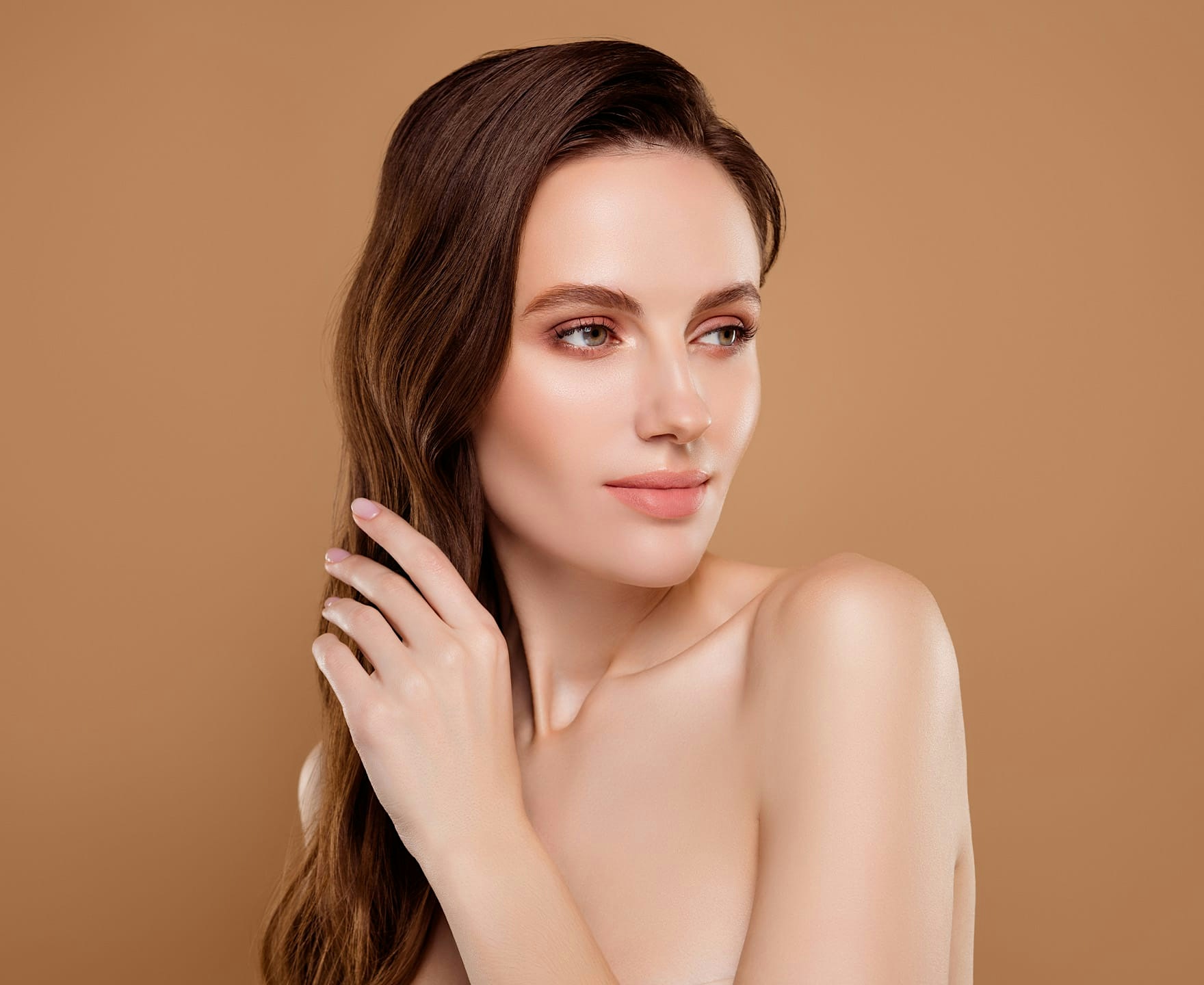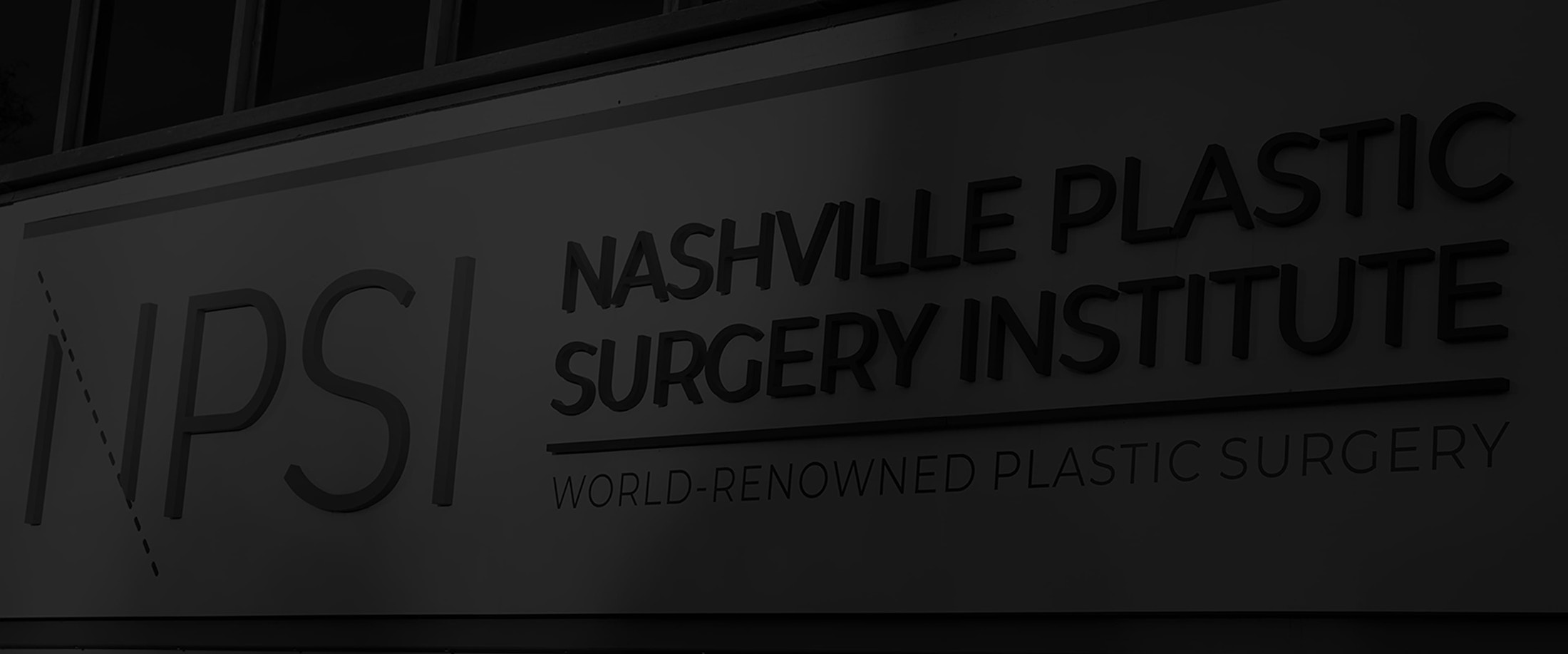There are two main types of facial wrinkles: dynamic and static. Dynamic wrinkles form in areas prone to heavy, repetitive muscle activity, such as making facial expressions or movements such as smiling, frowning, or pursing the lips.
More About RHA® Fillers
Hyaluronic acid is a sugar molecule that naturally occurs in the body’s connective tissues, as well as the skin. HA—as hyaluronic acid is known—draws in moisture from the atmosphere or from underlying layers of the skin, holding onto up to 1,000 times its own weight in water. This ability helps regulate hydration in the skin and gives the surface a firm, moisturized, and buoyant look and feel.
In time, however, your skin gradually loses a significant percentage of collagen and hyaluronic acid due to aging, sun exposure, and other factors. This loss leads to skin laxity, resulting in creases and lines.
Standard hyaluronic acid filler injections are ideal for restoring volume in areas where collagen loss is visible, but many options are too “stiff” to be used on dynamic wrinkles. A filler that rounds out deflated cheeks, for example, must be especially robust. If used in more active areas, signs of the treatment can be obvious as the surrounding tissues move, but the filler stays put.
RHA® fillers are formulated with an especially gentle manufacturing process so that the hyaluronic acid they contain is very similar to the natural molecule found in the skin. This allows them to “move” and adapt to facial movements. The results look very soft, subtle, and natural in dynamic areas of the face, whether facial expressions are being made or the muscles are at rest.
Our injectors use small needles or cannulas to administer RHA® fillers, and a local anesthetic may be provided first to numb the area—though treatment typically causes minimal discomfort. The results are noticeable right away and can last for up to 15 months, which is much longer than the lifespan of neuromodulators used to relax the muscles but not add volume.






